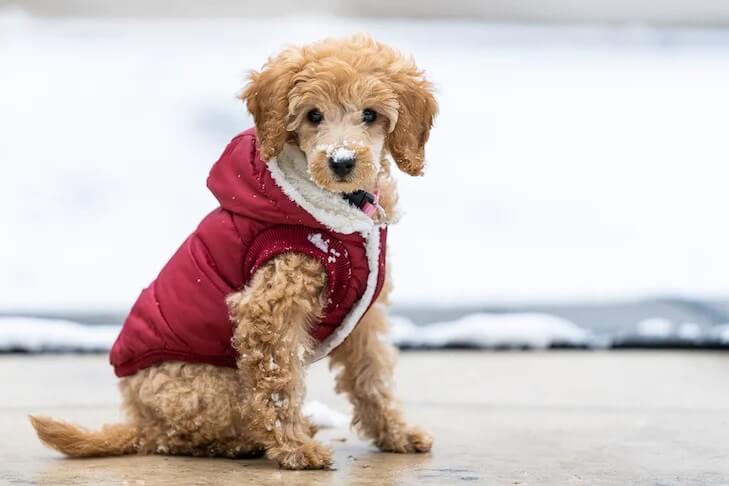
Better Road Trips With Your Dog
Millions of Americans travel with their dogs in the car each day. It can be all to easy to just jump in the car with your furry friend and head out, however there are a few safety measures that can dramatically increase the safety of your pet as well as all passengers in the car
Start with Manners
Just as we have to teach our children the proper manners needed for car travel, so too do we need to teach our dogs how to properly travel in a car. The best time to start is when they are puppy. Introduce your dog to the car by letting them climb in and sniff around, become familiar with the environment. Next, introduce your dog to the restraint equipment. Weather you’re using a dog seatbelt or a crate, you’ll want them to have a chance to become familiar with the new item. Now is a great time to treat them as they are getting used to these new things, it will help them to have a positive experience with the car and restraint. Do this a couple of times and keep the sessions short and light.
Next, take a couple of short drives. Nothing too long, just allow them to get used to the sounds and movements of the car. Make sure to have those treats with you to make it a fun experience for both. Gradually make the drives longer until your dog is more comfortable with he trips. As your dog is more comfortable in the car you can vary the rate of reinforcement (treats) and the length of the drives you take. Soon you will have a well mannered and well adapted travel companion.
Dog Seatbelts
Dogs should not be allowed to roam the vehicle at will and should never be allowed to ride on the drivers lap. This can be incredibly distracting for the driver increasing the risk to all those around them. And in the event on an accident the airbag could potentially injure your dog. Dogs should also not be permitted to ride in the back of a pickup truck, this again is a very dangerous place for your dog.
Seatbelts are a great staring point to increase the safety of your travel with your dog. The dog seatbelt will prevent your dog from roaming the vehicle, distracting the driver and most importantly being injured or ejected from the car in the event of a crash. You’ll want to keep your windows rolled up or only cracked to prevent your dog sticking his head out of the window and possibly getting out of the cart. If your dog is wearing a seatbelt in the backseat of your car make sure that you have turned on the child locks to prevent your dog from pawing at the door and accidentally opening a window. Dog seatbelts are also a good option for smaller vehicles that will not accommodate a crate.
Crash Rated Crates
A dog crate in your car is the recommended way to travel with your dog. Have a crate can allow your dog to move around and get comfortable while remaining contained and safe. MIM Construction makes the only crash tested dog crate on the market. The Variocage comes in several different sizes and can adjust to fit the size of your vehicle. But most importantly they have been crash engineered and rated for front, rear and side impact. These crates will keep your passengers and dog save in the event of an accident.
Exiting the Car
One important aspect that is often overlooked is exiting the car once you have arrived at your destination. It’s important that your dog not bolt from the car the minute you remove the seatbelt or the crate door is opened even if you are somewhere exciting. Teaching your dog to be calm and wait for the leash is very important.
Start teaching exiting manner at home, in a safe environment. Practice opening the doors calmly and asking your dog to stay. Use treats if it helps and get them comfortable and used to waiting for you. If you find your dog is getting overly excited, pause and take a moment to relax while you let your dog calm down. When your dog calms, praise and treat. Attach the leash and calmly give the command to exit the vehicle. The goal is to build habit and value for our dogs in staying next to us and out of traffic by helping them to understand they need to wait for our cue to leave the car area

Avoiding Motion Sickness
Puppies are often more likely than adult dogs to get sick in the car, but many will grow out of their motion sickness as they mature. For those who don’t, fortunately, the steps below can help in mitigating the effects of motion sickness. As you get better at adapting the needs of your dog, so too will your dog bet better at traveling with you in the car
- Limit food and water 1-2 hours prior to car travel
- Exercise your dog about 20 min before your trip
- Keep the temperature inside the car cool
- Let in some fresh air with the windows down for a bit
- Make sure your dog has some visibility to the outside
- Consult your vet about motion sickness medication or anti-anxiety medication if necessary
- Mar 01, 2021
- in Pet Blog























































